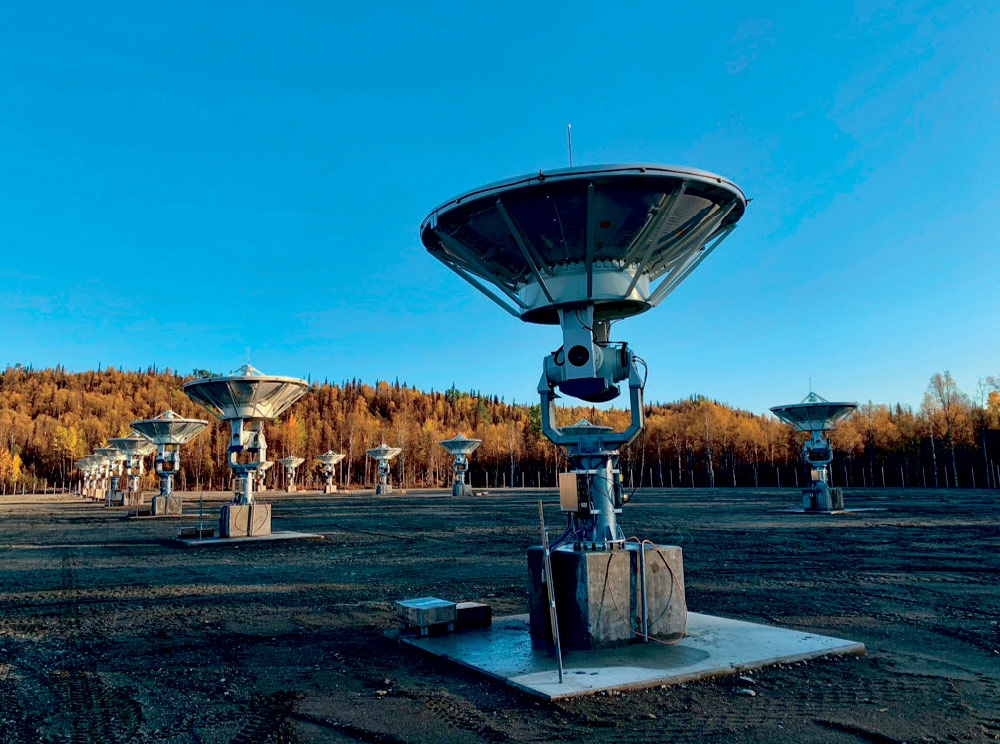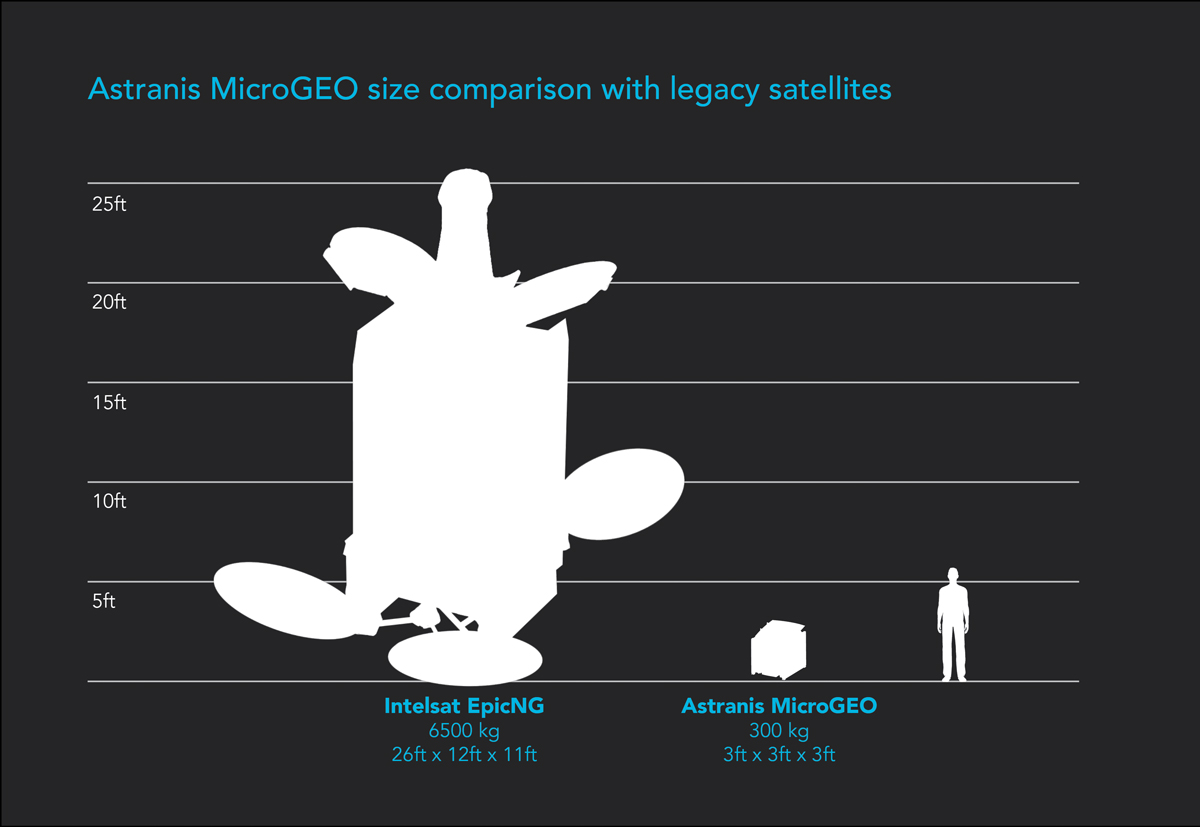

laska generally isn’t viewed as a hotbed for technology trends. That will no longer be the case in 2020 and beyond, as new projects level the playing field and help set the state on par with the rest of the world. From the introduction of the state’s first—and only—terrestrial fiber network to the implementation of increased satellite data bandwidth, Alaskans can expect technology trends to continue to blossom throughout the state.
“Going forward, Alaska can really stay on the same page from a dialogue standpoint with anywhere in the world when they start talking about any type of new technologies or services being deployed,” says Matanuska Telephone Association (MTA) CEO Michael Burke. “People can now think about and realize that bandwidth constraints and capacity constraints are not an obstacle anymore in regard to Alaska doing pretty much anything from a technology standpoint.”
“As technology continues to grow and advance, our biggest observation we have in the marketplace from a technology standpoint is the exponential growth in broadband consumption,” says Burke. “Just in the last couple years alone, our average consumption per customer has doubled in terms of the amount of bandwidth they need. That probably isn’t going to slow down or decrease in terms of any kind of volume into the future, so we needed to keep pace with that growth and those demands.”
For years, Alaska relied on four submarine cables between Alaska and the Lower 48. MTA was purchasing bandwidth from those cables, but Burke says MTA decided it needed a new system to keep up with technology trends. “A lot of it is being driven by all of the IoT connected devices that people are putting into their homes or businesses,” he says.
Microcom

Microcom
Until now, Alaska hasn’t had the ability to bring terabytes of capacity into the state. Burke says AlCan ONE will change that landscape and allow Alaskans to take advantage of future technologies as they become available.
“To have an all-fiber terrestrial connection from Alaska down to the Lower 48 enables the kind of bandwidth that people probably take for granted across the country,” says Burke. “You have a lot of fiber infrastructure, you have the ability to easily deploy terabytes of capacity into communities that, in turn, can enable a lot of these future technologies that people are talking about as you start to explore augmented reality, virtual reality, artificial intelligence, and all of these things that are going to be bandwidth intensive.”

Burke notes one added bonus AlCan ONE will provide: route diversity in the event of a significant natural disaster.
“It’s very geographically diverse from the submarine cables that currently come into the state,” Burke says. “They all converge into the Anchorage market in a fairly narrow space, and a major earthquake or some sort of other event could damage them all at once, which would severely hamper the entire state from an operations standpoint. Our route goes hundreds of miles north up through Fairbanks and then down through Canada, so it’s much more geographically diverse and gives some type of protection for the state.”
Schumann notes that companies that are currently providing satellite services aren’t focused on Alaska. “They don’t look to put a satellite over the Pacific to serve Alaska,” he says. “We’re sort of last on the list, and that’s why we decided to do this. Someone needed to step up and solve this problem.”
The Aurora Project initially started as one satellite before quickly morphing into a two-satellite project. With two satellites, Pacific Dataport can provide its own redundancy and utilize a phased approach that will allow the company to get into orbit faster while maximizing capacity.
MTA

MTA
Kraselsky notes that it wouldn’t have made sense for large satellite manufacturers to invest money and only focus on Alaska. That became feasible for Microcom, which understands the Alaska market and has the ability to cover the entire state, including remote areas.

Microcom will sell direct to consumers and place earth stations on homes or businesses that want direct-to-premises installations. The Aurora satellites will also allow other companies to take broadband capacity and build wireless systems to deploy that capacity through their existing systems of wires, whether that’s rural telephone companies, cable systems, or other distribution methods. “Pacific Dataport will sell capacity to any company that needs to use it to provide broadband to their subscribers,” Schumann says.
The satellites will also provide backup to existing fiber networks that don’t currently have backups in place and provide services for natural resource development across the state.
“In this day and age, when people invest billions of dollars in a new project somewhere, they’ve got process control that they need,” says Schumann. “If they’re not satisfied with having a single path for those communications, providing satellite as a primary or as a redundancy is really important. The two satellites would allow us to really provide good, quality, secure links for those kinds of solutions.”
The first Aurora satellite is scheduled to launch during the fourth quarter of 2020 on a SpaceX rocket from Kennedy Space Center, after which the project will provide services to numerous verticals throughout the state.
“We’re going to provide services to the aeronautical businesses that are providing services to airplanes that fly across the state—there’s a great need for that and we’re lacking in capacity over the state,” says Schumann. “People flying north from Alaska get into dead zones where they can’t have internet on the airplanes. The maritime industry also needs a lot of capacity. With all the new cruise ships, we also need to serve that industry.” ![]()